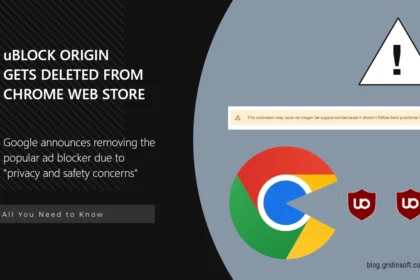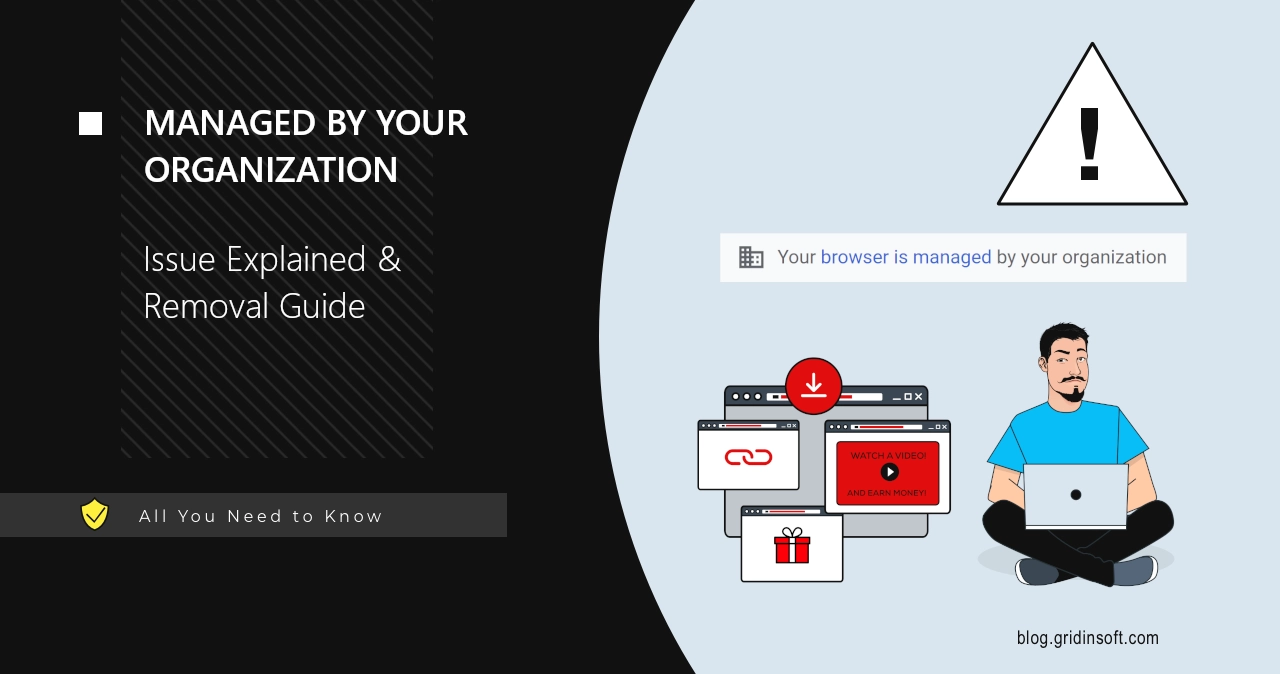“Your Connection is Not Private” Error: When Your Browser Gets Trust Issues
We've all been there - you're trying to check out a perfectly…
Fake Google Chrome Downloading Sites Distribute ValleyRAT
Cybercriminals have set up fake websites mimicking Google Chrome’s official download page…
uBlock Origin Plugin May Be Disabled, Google Warns
uBlock Origin, one of the most popular ad blocking extensions for Google…
“Managed by Your Organization” – How to Remove From Chrome?
“Managed by your organization” is a line that appears when the web…
How To Make Google Chrome Faster 2024
Have you ever noticed Google Chrome running much slower than usual? And…
New Google Chrome 0-day Vulnerability Exploited, Update Now
In the most recent release notes, Google reports about a new 0-day…
OAuth2 Session Hijack Vulnerability: Details Uncovered
A sophisticated exploit targeting Google's OAuth2 authentication system was uncovered by Prisma…
Google Fixes Critical Vulnerability in Chrome, Exploited in the Wild
Google released an urgent security update for its Chrome browser. The patch…
Predasus Malware Attacks Latin America Through Browser Plugins
Latin America has been hit by cyberattacks using malicious Google Chrome extensions.…
Chrome Extension ViperSoftX Steals Passwords and Cryptocurrency
A Windows malware designed to steal cryptocurrency and clipboard contents installs a…
“This Site Can’t Provide a Secure Connection”: How to Fix
Every active Internet user has encountered error messages at least once, especially…
Chrome 0-day Vulnerability Used to Attack Candiru Malware
Avast has discovered that DevilsTongue spyware, created by Israeli company Candiru, exploited…













